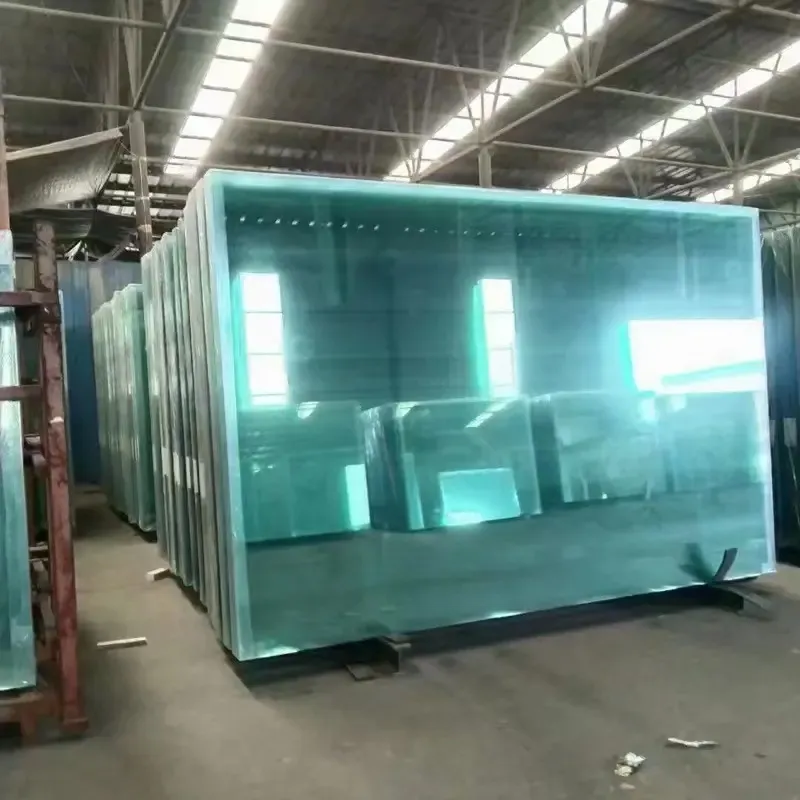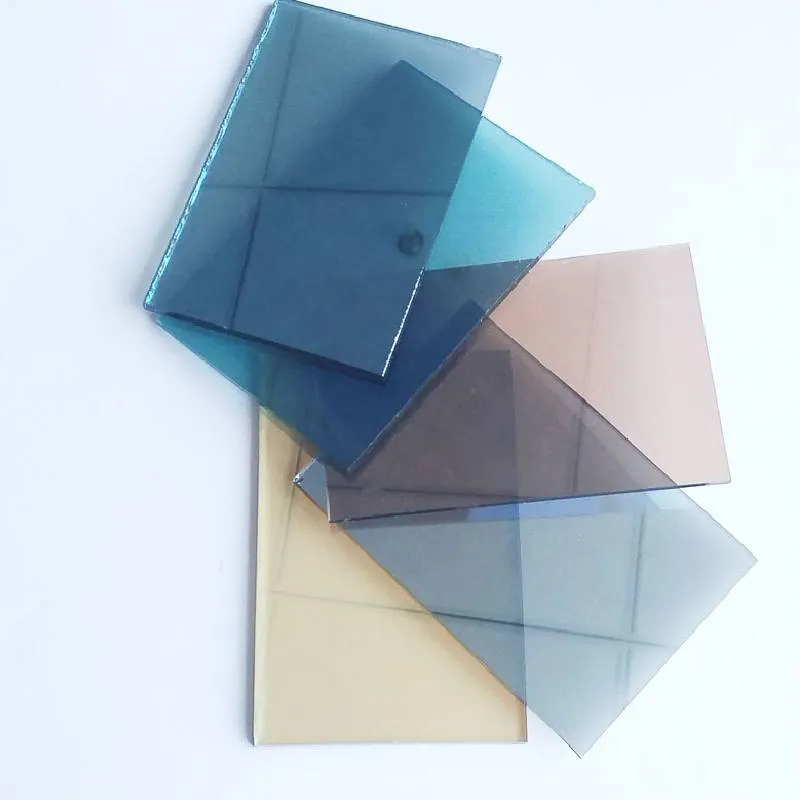Understanding the cost structure of a float glass production line is pivotal for decision-makers aiming to enter the glass manufacturing industry. This article delves into the specifics, guided by real-world experience and insights from industry experts, to provide a comprehensive view of the financial considerations involved.

Float glass production lines play a critical role in the glass industry, primarily due to their efficiency in producing high-quality glass surfaces. However, establishing these lines requires a substantial financial investment. A clearer understanding of various cost components can help businesses better navigate these expenses.
Initially,
setting up a float glass production line involves substantial capital costs. These include costs for land acquisition, plant construction, and the procurement of essential machinery and equipment. The land must be strategically located to minimize logistic costs and facilitate access to raw materials like silica sand, soda ash, and limestone. Typically, the cost of land and construction can constitute up to 50% of the total initial investment.

Machinery and equipment costs form another significant part of the capital expenditure. Each component, from melting furnaces to annealing lehrs and cutting lines, requires careful selection to optimize production efficiency and minimize environmental impact. It is recommended to invest in advanced technology to enhance productivity and reduce long-term operational costs. The choice of automated systems can influence labor costs as well, as they can drastically reduce the need for manual intervention.
Operational costs, a recurring expense, encompass labor, raw materials, energy, and maintenance. Labor cost varies significantly depending on the region's economic conditions and labor laws but typically accounts for a significant portion of the ongoing expenditure. Investing in skilled personnel to manage and operate the production line is crucial. Recruiting experienced engineers and operators can lead to enhanced operational efficiency and reduced downtime.
float glass production line cost
Additionally, raw materials are a vital cost consideration. Price volatility of silica, soda, and limestone can impact the overall production cost. Implementing efficient procurement strategies and establishing long-term contracts with suppliers can mitigate some of these risks. Energy consumption is another critical factor, with continuous production processes demanding substantial power. Opting for energy-efficient technologies and potential utilization of renewable energy sources can lead to considerable cost savings.
Maintenance of the production line is an ongoing requirement to ensure the machinery operates efficiently and safely. Proactive measures such as regular inspections, timely repairs, and parts replacement are essential to prevent costly downtime and extend the lifespan of the equipment.
Compliance with environmental regulations also imposes costs but is an essential component contributing to the sustainability and social responsibility of a production line. Investing in technologies that reduce emissions and recycling waste products are not only regulatory compliance measures but also enhance the brand value and consumer trust.
To sum up, the cost of establishing and running a float glass production line involves a multifaceted approach, incorporating capital investment, operational expenses, and compliance costs. Industry expertise suggests that while these investments are significant, the strategic application of technology and efficient operational management can significantly optimize costs and ensure profitability. Understanding these nuances is crucial for businesses seeking to establish a foothold in the competitive glass manufacturing landscape, balancing cost-efficiency with quality output.
By carefully assessing and managing these cost components with an authoritative and trustworthy approach, businesses can enhance their sustainability and market competitiveness in the float glass industry.
 Afrikaans
Afrikaans  Albanian
Albanian  Amharic
Amharic  Arabic
Arabic  Armenian
Armenian  Azerbaijani
Azerbaijani  Basque
Basque  Belarusian
Belarusian  Bengali
Bengali  Bosnian
Bosnian  Bulgarian
Bulgarian  Catalan
Catalan  Cebuano
Cebuano  Corsican
Corsican  Croatian
Croatian  Czech
Czech  Danish
Danish  Dutch
Dutch  English
English  Esperanto
Esperanto  Estonian
Estonian  Finnish
Finnish  French
French  Frisian
Frisian  Galician
Galician  Georgian
Georgian  German
German  Greek
Greek  Gujarati
Gujarati  Haitian Creole
Haitian Creole  hausa
hausa  hawaiian
hawaiian  Hebrew
Hebrew  Hindi
Hindi  Miao
Miao  Hungarian
Hungarian  Icelandic
Icelandic  igbo
igbo  Indonesian
Indonesian  irish
irish  Italian
Italian  Japanese
Japanese  Javanese
Javanese  Kannada
Kannada  kazakh
kazakh  Khmer
Khmer  Rwandese
Rwandese  Korean
Korean  Kurdish
Kurdish  Kyrgyz
Kyrgyz  Lao
Lao  Latin
Latin  Latvian
Latvian  Lithuanian
Lithuanian  Luxembourgish
Luxembourgish  Macedonian
Macedonian  Malgashi
Malgashi  Malay
Malay  Malayalam
Malayalam  Maltese
Maltese  Maori
Maori  Marathi
Marathi  Mongolian
Mongolian  Myanmar
Myanmar  Nepali
Nepali  Norwegian
Norwegian  Norwegian
Norwegian  Occitan
Occitan  Pashto
Pashto  Persian
Persian  Polish
Polish  Portuguese
Portuguese  Punjabi
Punjabi  Romanian
Romanian  Russian
Russian  Samoan
Samoan  Scottish Gaelic
Scottish Gaelic  Serbian
Serbian  Sesotho
Sesotho  Shona
Shona  Sindhi
Sindhi  Sinhala
Sinhala  Slovak
Slovak  Slovenian
Slovenian  Somali
Somali  Spanish
Spanish  Sundanese
Sundanese  Swahili
Swahili  Swedish
Swedish  Tagalog
Tagalog  Tajik
Tajik  Tamil
Tamil  Tatar
Tatar  Telugu
Telugu  Thai
Thai  Turkish
Turkish  Turkmen
Turkmen  Ukrainian
Ukrainian  Urdu
Urdu  Uighur
Uighur  Uzbek
Uzbek  Vietnamese
Vietnamese  Welsh
Welsh  Bantu
Bantu  Yiddish
Yiddish  Yoruba
Yoruba  Zulu
Zulu 


